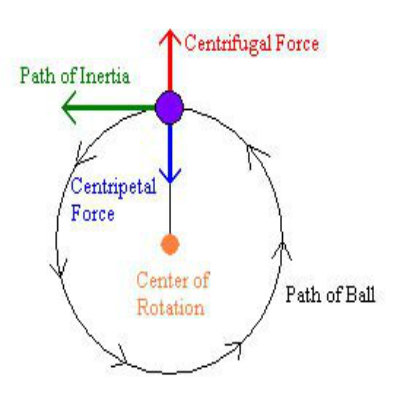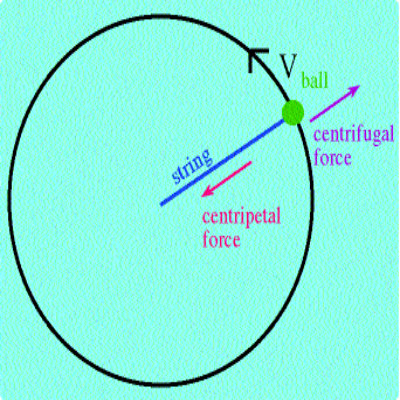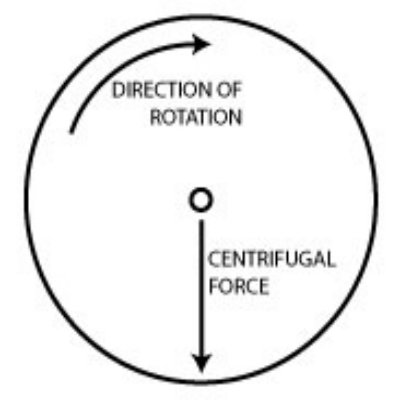Centrifugal Force Experiment

If you have ever been to a circus then you must have come across cars that move in a circular motion inside the pit. This is obviously surprising, since many people wonder why they don’t fall because of the gravity’s pull. For your information, the cars moving in the circular motion are do not fall because of a force scientifically known as Centrifugal force. This force actually balances the object and brings it in the middle when in motion. The balance or equilibrium created by the two forces keeps the cars moving in circular motion, thus protecting them from falling over. Demonstrating Centrifugal force can prove to be a good idea for a middle school science project. This is because it can be performed in minimum time, with minimum preparation and least expenses. Demonstrating this experiment, you will be showing that the magnitude of Centrifugal force depends on the rotational speed. It also obeys inertia and Newton’s Second Law of Motion.
Things Needed:
– A small rounded metal bob
– Piece of String
Instructions
-
1
The String & Bob
Take a piece of thread and tie one end of it with the hook of a metal bob. If the metal bob is not available then you can use any object that has some weight. -
2
Holding the String
After tying one end of the string with the metal bob, hold the other end with your thumb and index finger. -
3
Moving the Bob & String
Once you are done with the above step, slowly start moving the bob in a circular position keeping it parallel to the ground.

-
4
The Circular Motion
As the bob moves in a circular motion, it will be obvious that the more forcefully you rotate the string, the heavier the bob gets. This obeys Newton’s Second Law of Motion.

-
5
Slowing down the speed
Now once you start to slow down, you will observe that the bob is also losing weight. This reduction in the weight of the bob will be due to a decrease in the rotational speed.






